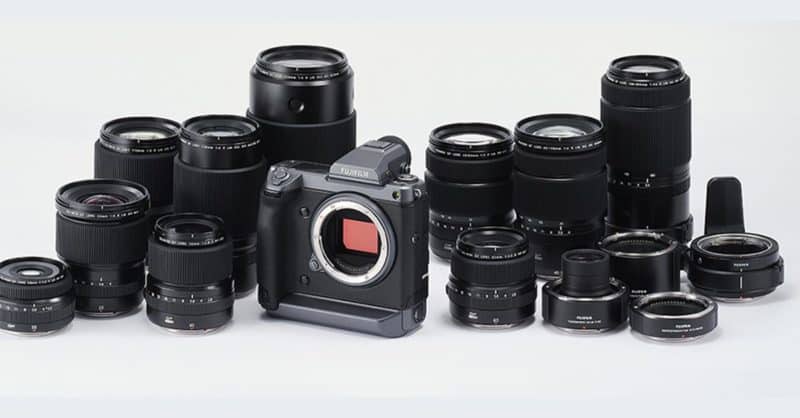
Fujifilm’s medium format GFX series of cameras has been top-rated among landscape and portrait photographers since the launch of the original Fujifilm GFX 50S. With the launch of the GFX 50S II for the very reasonable sum of $3999 and the GFX 100S for $5999, Fujifilm has managed to deliver a medium-format(ish) camera system for the same price and, in some cases, less than a full-frame camera. It’s a remarkable achievement in a relatively short space of time. For those stretching the budget a little further, the GFX 100 II delivers incredible specifications.
While the GFX lens range for the camera’s G Mount was lacking for the first couple of years, it has steadily been filled out with a range of focal lengths and apertures. The GFX lens range now features everything from ultra-wide 20mm to telephoto 250mm, and includes wide apertures such as the stunning GF 110mm f/2 and GF 80mm f/1.7. This guide features everything you might want to know about entire Fujifilm GF lens lineup.
Table of Contents
A Note On Lens Nomenclature – G Mount, GF or GFX?
Fujifilm GFX cameras use the G Mount. Fujifilm generally refers to their lenses for the GFX system as G Mount lenses, but sometimes also refers to them as GF lenses in their documentation. In common parlance, they are often referred to as GFX lenses or sometimes GF lenses. Me? I probably flip-flop back and forth, much as Fujifilm do on their website. Also, if you are unfamiliar with the names and terminology that Fujifilm uses to describe their lenses, I recommend you read our previous article entitled Fuji Lens Terminology and Abbreviations.
Fuji GFX Lens Terminology Key
This key will help you decipher the abbreviations and acronyms FujiFilm uses when naming their GFX lenses.
- GF – A GF at the beginning of the lens name means the lens is exclusively designed for the medium format GFX system’s G Mount. These lenses cannot be attached to Fuji’s X Series cameras.
- LM – These lenses include a Liner focus Motor to deliver faster, quieter focus acquisition and tracking.
- OIS – These lenses include Optical Image Stabilization.
- R – Fuji GFX lenses with an R at the end of the product name include an aperture Ring.
- WR – The letters WR in a Fuji GF lens name indicate the lens is Weather Resistant.
Fuji GFX Crop Factor

If you are used to focal lengths for 35mm full-frame cameras, the GF lens focal lengths will seem slightly because the GFX sensor is much larger than full-frame 35mm. I have previously written a quick tutorial about calculating the GFX series crop factor that will fill you in on this a little more if you aren’t familiar. The TLDR version is that the GFX crop factor for these not-quite medium format cameras is 0.79x. If you don’t want to do the math, the lens specification table further down the page includes the 25mm equivalent focal length of all GF lenses.
Fujifilm GF Lens Release Dates
Sometimes, knowing how old a lens is helpful; many people are most interested in buying the newest lenses. For this reason, I have created a table that shows the FujiFilm GF lens release dates, with the latest lenses listed right at the top.
| GF Lens Model | Release Date (MMDDYY) |
|---|---|
| 2024 | |
| GF 500mm f/5.6 LM OIS WR | 05/16/24 |
| 2023 | |
| GF 30mm f/5.6 Tilt-Shift | 09/12/23 |
| GF 110mm f/5.6 Tilt-Shift | 09/12/23 |
| GF 55mm f/1.7 R WR | 09/12/23 |
| 2022 | |
| GF 20-35mm f/4 R WR | 09/08/2022 |
| 2021 | |
| GF 35-70mm f/4.5-5.6 WR | 09/02/2021 |
| GF 80mm f/1.7 R WR | 01/27/2021 |
| 2020 | |
| GF 30mm f/3.5 R WR | 06/30/2020 |
| GF 45-100mm f/4 R LM OIS WR | 01/23/2020 |
| 2019 | |
| GF 50mm f/3.5 R LM WR | 07/18/2019 |
| GF 100-200mm f/5.6 R LM OIS WR | 01/17/2019 |
| 2018 | |
| GF 250mm f/4 R LM OIS WR | 04/12/2018 |
| GF 1.4X TC WR | 04/12/2018 |
| 2017 | |
| GF 45mm f/2.8 R WR | 09/07/2017 |
| GF 23mm f/4 R LM WR | 04/19/2017 |
| GF 110mm f/2 R LM WR | 04/19/2017 |
| GF 32-64mm f/4 R LM WR | 01/19/2017 |
| GF 63mm f/2.8 R WR | 01/19/2017 |
| GF 120mm f/4 R LM OIS WR Macro | 01/19/2017 |
A Complete List of GF Lenses and Specifications
By default, lenses in the table are sorted by their widest focal length, placing wide-angle lenses at the top and super-telephoto lenses at the bottom.
- Use the filters to narrow down lenses shown in the table.
- Use the horizontal scroll bar below the table to reveal more specifications.
- Mobile users can press the + button to expand lens details.
Fujifilm GF Lens Roadmap
Unlike some camera brands, Fujifilm is usually reasonably open about upcoming lens releases and publishes a lens development roadmap. After launching the GF 500mm lens, one unreleased lens appears on the Fuji GF lens roadmap, a GF Power Zoom.
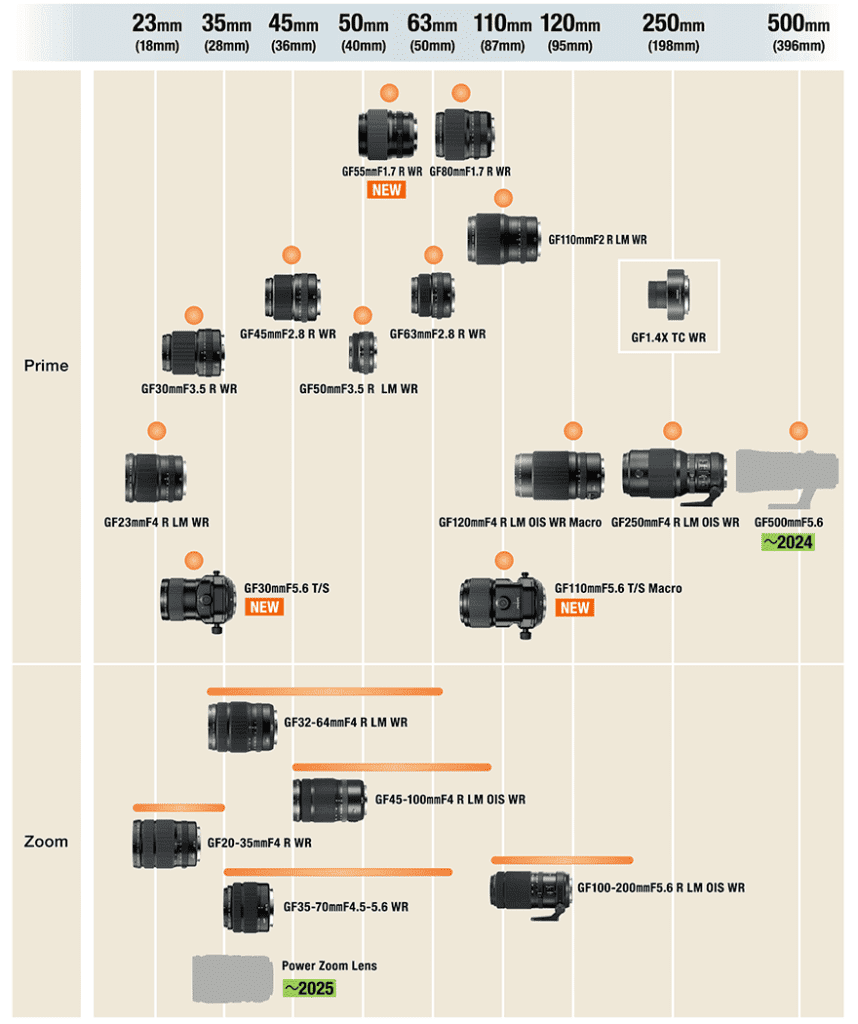
Fujifilm GF Lens Details
Use the links below to jump to a discussion of every lens in the lineup.
Fujifilm GF Zoom Lenses
Fujifilm GF 20-35mm f/4 R WR

The GF 20-35mm f/4 lens has a full-frame equivalent focal length of 16-28mm, making it Fuji’s widest lens in the GFX range and a superb option for landscape photographers, particularly when paired with the GF 35-70mm f/4.5-5.6. This lens overlaps the angle of view provided by the older, heavier GF 23mm f/4 prime lens. The GF 20-35mm lens produces images almost indistinguishable in sharpness from that highly-regarded prime lens while offering the far-increased flexibility of a zoom lens and a lighter package.
The lens exhibits a small amount of barrel distortion at 20mm, switching to moderate pincushion distortion at around 28mm and strong pincushion as you approach the 35mm end. This is normal for a wide-angle zoom, and the GF 20-35mm lens delivers enough sharpness that distortion-corrected images from Lightroom or other software still look stunning from 20mm to about 28mm and very good from there up to 35mm. Most photographers will use this lens at the wider end, where it produces its best results.
Make no mistake, this is an exceptional wide-angle lens and likely a must-have for most GFX users. I don’t think of a good reason for anyone to buy the older GF 23mm f/4 prime lens when you can get this lens for less money. The flexibility of this zoom range is also such that it covers the view delivered by the GF 30mm f/3.5, too.
Fujifilm GF 32-64mm f/4 R LM WR
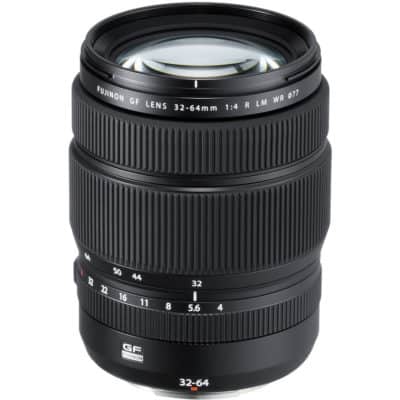
The GF 32-64mm lens was one of the three lenses launched with the original Fujifilm GFX 50S medium format camera. This standard zoom lens covers a focal range equivalent to 25-51mm in full-frame 35mm terms, giving you a versatile walk-around one-lens option for landscape and travel photography. The GF 32-64mm is a top performer that covers a range occupied by no less than four GF prime lenses (30mm, 45mm, 50mm, 63mm). Of course, the f/4 aperture is slightly slower than the primes, but the optical performance is excellent.
The 14 lens elements contain three aspherical elements to combat spherical aberration, an ED element, and a Super ED element. Considering the relatively compact size and sub-1KG weight (895g), this lens is compelling for people looking to build a simple (somewhat) lightweight GFX camera kit. Those looking to cover a broader range in a simple kit should instead consider pairing the GF 20-35mm f/4 with the 35-70mm f/4.5-5.6 for an excellent 2-lens kit.
If I nit-pick with this lens, its main weakness is corner sharpness at wider focal lengths. Centre sharpness is good wide open but much better when stopped down to f/5.6. However, when used at the wide end of the focal range, the extreme corners still demonstrate a fair amount of soft smearyness at all apertures. High-contrast scenes will also reveal some purple fringing chromatic aberration in those soft corners.
Fujifilm GF 35-70mm f/4.5-5.6 WR
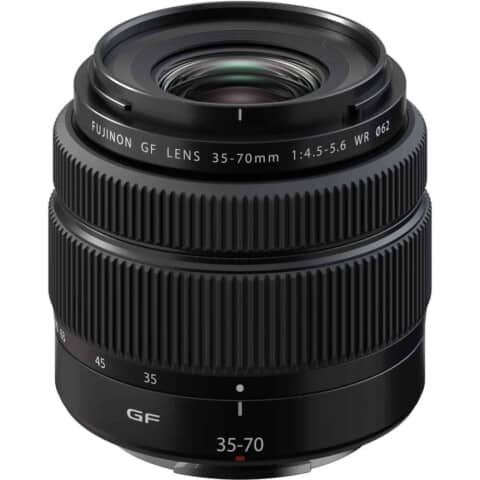
Launched initially alongside the GFX 50S II camera, the GF 35-70mm lens is the cheapest in the GFX lens lineup. Purchased on its own, it comes in at $999. But if you buy it as a bundle with the GFX 50S II, you can get this lens for a mere $500. If anyone buys the GFX 50S II and doesn’t already own any other GF lenses, the bundle with this lens is a no-brainer decision.
Despite the low price, this lens is fully weather-sealed. With a compact collapsible design, weighing in at just 440g (15.5oz), it’s an excellent walk-around general-purpose lens that can easily be carried all day long. The 35-70mm focal length is equivalent, in 35mm terms, to a 28-55mm field of view. Landscape photographers will want a wider lens than this for vast landscapes, but this lens would be an excellent second lens next to the GF 20-35mm f/4 zoom.
Travel photographers might find this lens to be near perfect for their needs. The 28mm-equivalent wide end of the range has always been a popular option for travel reportage, and the 55mm-equivalent long end of the range is excellent for portraiture and tighter travel details. On the camera, it is considerably smaller and lighter than the GF 45-100mm lens, and the wider angle will be much more helpful.
Compared to the GF 32-62mm lens, it is smaller, lighter, and cheaper. You do give up some light by going to an f/4.5-5.6 aperture, compared to an f/4 aperture, but most people will be happy enough to do this to get that smaller size.
Fujifilm GF 45-100mm f/4 R LM OIS WR

The GF 45-100mm lens is a standard zoom lens with a versatile focal range. Equivalent to a 36-79mm lens in full-frame terms, this lens can be used for landscapes, travel, portraiture, weddings, reportage, and street photography. This is a real do-it-all focal range, and if I could only have one lens on a GFX camera, it would be a tough decision between this and the GF 35-70mm.
The useful focal range is further bolstered by including OIS (optical image stabilization). Earlier GFX cameras, such as the Fujifilm GFX 50S and 50R, didn’t have in-body stabilization, so including OIS is particularly beneficial with them. However, from the GFX 100S onwards, the in-body stabilization of the newer cameras can also work in tandem with the OIS to “supersize” the stabilization well past six stops.
Image sharpness is excellent across the frame, distortion is very well controlled, and chromatic aberration is almost non-existent. The only slight optical disappointment is the amount of vignetting when used wide open at 45mm. But hey, it’s a fast zoom lens. This is generally to be expected and quickly fixed in post-production.
Fujifilm GF 100-200mm f/5.6 R LM OIS WR
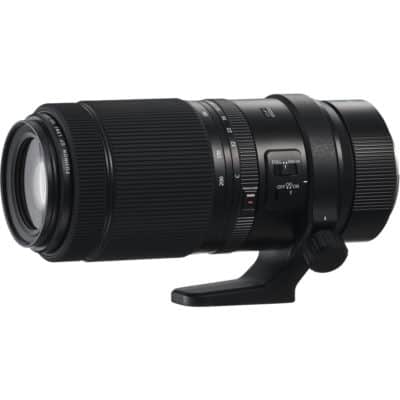
The GF 100-200mm lens was launched in 2019 and was the second lens in the GF lineup to get image stabilization (OIS). This lens covers a range from 79-168mm in full-frame terms, making it a popular choice for people coming from full-frame cameras and looking for something somewhat comparable to a 70-200mm zoom. Of course, the field of view for this lens isn’t as wide or as long, but you can pair it with the GF 1.4x teleconverter to take it to a more comparable 221mm equivalent on the longest end.
Despite that range and reach, the lens only weighs a little over 1kg, making it considerably lighter than, say, a Sony 70-200mm GM lens. A tripod collar is included with the lens, although for some reason, Fujifilm omitted 90-degree click-stops during the rotation.
This lens is a good option for landscape photographers who enjoy creating images with very compressed geographical features. It’s also a great travel photography lens and a reasonable choice for portraiture, too. This lens does, in 35mm-terms, cover the traditional portrait lens focal lengths of both 85mm and 135mm, providing a flattering amount of compression for headshots.
The f/5.6 aperture doesn’t create a massive amount of bokeh at the wide end, but it creates considerable background blur when you zoom to the 200mm end of the range. To the point where your focal plane is not even deep enough to have all of someone’s head in focus. Of course, the 80mm or 110mm lenses in the GF lineup would be more ideal for portraits, but you can certainly get the job done with the 100-200mm.
The downside to the lens is undoubtedly the relatively small f/5.6 aperture. It is somewhat offset by the OIS system when shooting static scenes and subjects, but OIS won’t help you if you need a fast shutter speed to stop the action of a moving subject. This lens is very good but not exceptional from an image quality standpoint. The 110mm, 120mm and 250mm primes are sharper, but the 100-200mm does a decent job.
Distortion and chromatic aberration are almost non-existent. Sharpness is also highly uniform across the frame, which is not unexpected from a zoom with this sort of focal range. A 45-100mm pairing would be a genuinely versatile 2-lens kit for many photographers.
Fujifilm GF Prime Lenses
Fujifilm GF 23mm f/4 R LM WR

With a field of view equivalent to 18mm in 35mm terms, this lens is designed for landscape and architecture photographers. While cutting edge when it first launched, this prime lens has been largely overshadowed by the newer and lighter GF 20-35mm f/4 WR zoom lens, which delivers similar sharpness along with the significant compositional benefits of a zoom. I find it hard to recommend the 23mm f/4 WR.
The GF 23mm is weather-sealed and functions, according to the spec sheet, down to -10°C/+14°F. A nine-blade circular aperture provides smooth roll-off into the moderate bokeh that can be created with this combination of aperture and focal length. Odd numbers of aperture blades are always preferable on lenses designed for landscape photography, as sun stars will have twice the number of spikes as there are aperture blades. Eighteen points for this lens, then. There would be the same number of points as blades with even numbers.
The lens design features 15 elements in 12 different groups. A large number for such a compact lens shows how much effort Fujifilm has put into controlling distortion and edge-to-edge sharpness with this lens. Amongst those elements are two aspherical elements, three ED elements and a Super ED element. A Nano GL coating has been applied to several lens elements to increase contrast and control flare. A petal-shaped lens hood is also provided.
Fujifilm GF 30mm f/3.5 R WR
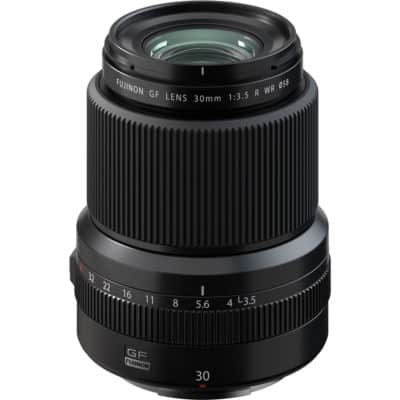
The GF 30mm f/3.5 lens has an equivalent field of view to a 24mm lens in 35mm terms. This makes it an excellent general-purpose wide-angle lens for landscape, architecture, travel, street and reportage photography. Compared to the 3:2 aspect ratio of 35mm cameras, the 4:3 aspect of the GFX system often feels more immersive at wide angles. As such, many landscape photographers will be happy with this lens, even if they might have opted for something wider on a full-frame system. The reasonably fast f/3.5 aperture, combined with the wide-angle view, makes this the best astrophotography lens for the Fujifilm GFX system.
The physical design of this lens features a pronounced step shape. This creates a nicely hand-holdable but still large focus ring. It also means that the thread on the front of the lens is only 58mm, making screw-on filters much smaller and significantly cheaper to buy than those for the GF 23mm with its 82mm thread. This tapered shape keeps weight to a minimum, delivering an impressively light 510g package. This is a lens that could easily be carried all day, whether that be on an epic hike in the mountains or exploring the streets of far-flung cities.
At around $1700, the GF 30mm is also one of the best value lenses in the GF lineup. Despite the low-for-GFX-lens pricing, the build quality and weather sealing are exactly as we have come to expect with this system. A genuinely professional-grade lens will produce stunningly detailed wide-angle images on any GFX camera.
Fujifilm GF 30mm f/5.6 T/S
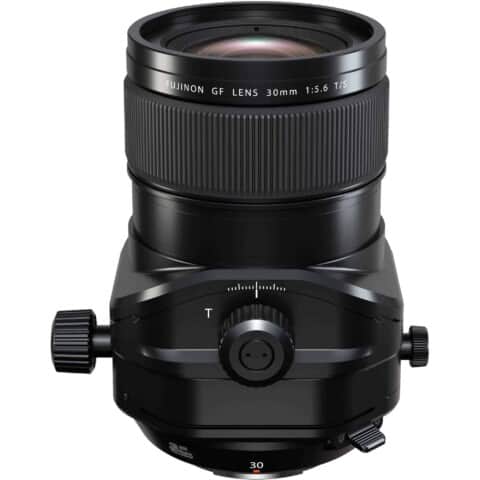
The GF 30mm f/5.6 T/S is a tilt-shift lens designed predominantly for architectural and landscape photographers. The lens features an impressive +/- 15mm shift range and a tilt range of +/- 8.5°. Tilt and shift mechanisms can be rotated independently of one another.
In a first for tilt-shift lenses, this 30mm and the GF 110mm T/S feature a sensor that detects the range of shift and tilt movements and then records them into the image metadata. This allows photo editing software to apply lens corrections tailored to the tilt and shift amounts used for the shot.
This is a highly specialized lens with an equivalent full-frame field of view of 24mm. Until this lens was launched, most Fuji architectural photographers were forced to adapt Canon’s EF 17mm, 24mm, and 50mm tilt-shift lenses. Though the 30mm T/S is not cheap, it’s great to finally have a native GF lens that can replace at least one of those Canon lenses.
Landscape photographers have a tough choice to make. For a truly deep depth of field, focus stacking is necessary on GF cameras. The tilt function of this lens will allow landscape photographers to achieve sharpness to infinity along a plane aligned with the ground; however, it’s pretty likely that a focus stack will still be needed to accommodate details in the vertical direction—trees and mountains, etc.
Fujifilm GF 45mm f/2.8 R WR

The GF 45mm lens is equivalent to a 36mm lens in full-frame terms. Most people will compare it to a 35mm lens, which is more common. This focal length is a classic walk-around prime lens option that is loved by street photographers, travel photographers, wedding photographers and portrait photographers who shoot a lot of environmental portraits. Although I doubt that too many people are using GFX cameras to photograph their kids and family, if you were, this is a focal length that can shine there, too.
I sound like a broken record about Fujifilm GF lens image quality. Especially with the prime lenses, they all display very similar characteristics and image quality. While lens ranges from some other manufacturers have been built out over many years, incorporating a wide array of new manufacturing techniques and technologies, the GF lenses have all come about in a short space of time. This means they have all been built with the same technology, using the same machines, and almost certainly even designed by the same engineers. Of course, they are all somewhat similar.
So, yes, the GF 45mm is optically very good. It displays a little more distortion than the 50mm and 63mm lenses, but that is to be expected as you approach wider focal lengths. It would be nice to see a GF 45mm f/1.7 lens in the future.
Fujifilm GF 50mm f/3.5 R LM WR
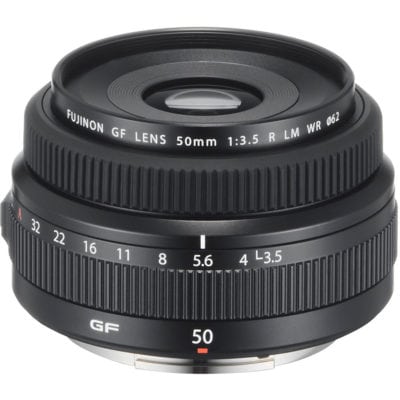
The smallest, lightest (335g), and cheapest lens in the GF lineup is the GF 50mm f/3.5. Don’t let the small design fool you, though. This is easily one of the best lenses in the lineup and would be my top pick for an everyday walk-around prime lens for the GFX system. Though most people assume a “standard” 50mm lens (in 35mm terms) is the focal length that best represents the in-focus view of the human eye, it’s much closer to 40mm. The GF 50mm field of view, in 35mm terms, is 40mm. Many people will find this to be a sweet spot between the classic 35mm and 50mm full-frame focal lengths served in the GF lineup by the GF 45mm and the GF 63mm.
Could this be the single standard prime lens you need for the GFX system? For many people, I think the answer is yes. Unless you need the f/2.8 aperture in the GF 45mm for a specific purpose, I believe the GF 50mm is almost always going to be a better purchase.
That is unless you like taking close-up photos. The one weak point of the GF 50mm is the somewhat poor 0.1x maximum magnification and 50cm MFD. The cost-saving between these two lenses is significant ($999 vs $1699), as is the size and weight savings in your bag or on your shoulder. This is the best value lens for the GFX system.
Fujifilm GF 55mm f/1.7R WR

The GF 55mm f/1.7 has a 44mm full-frame equivalent field of view, making it ideal for environmental portraiture and full-length portraits. The wide f/1.7 aperture produces a noticeably softer background compared to the GF 50mm f/3.5 or the GF 63mm f/2.8 that sit on either side of it in the GF prime lens lineup. Travel, street, and documentary photographers will also find this “normal” focal length extremely useful. When designing this lens, Fujifilm says they paid particular attention to its performance for video users. Focus is achieved using a DC motor design that delivers near-silent operation.
Every photographer should have at least one wide-aperture prime lens in their kit. Using beautiful bokeh to isolate your subject is a powerful compositional tool that goes unpracticed if all your lenses are small or variable aperture zoom lenses. In the Fuji GF lens lineup, this 55mm sits alongside the 80mm f/1.7 as the lens with the widest aperture. When choosing between the two, the 80mm f/1.7 is better for full-time portrait shooters, but the 55mm f/1.7 is a much better choice for those who shoot a broad range of subjects.
Fujifilm GF 63mm f/2.8 R WR
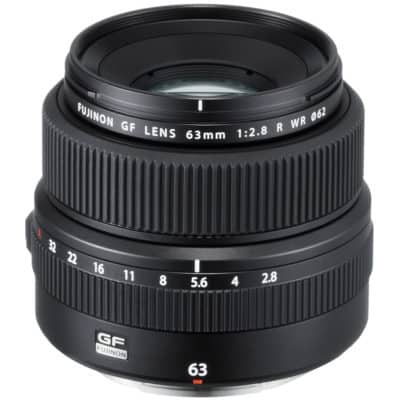
The GF 63mm lens has a field of view equivalent to a 50mm lens in 35mm terms and was among the three lenses that first launched the GFX system in 2017. The 50mm equivalent focal length is often a polarizing one. Some people swear by it as a general-purpose prime, and some people, myself included, don’t get along with it. I don’t seem to see the world through a 50mm viewpoint. Never have. I prefer something wider like the GF 50mm or GF 45mm. Optically there is nothing wrong with this lens, though. If you are a 50mm kind of shooter and want a fast aperture that can’t be provided by the 45-100mm or 32-64mm, then this is your lens.
And if you do pick this lens, you won’t be disappointed when you pixel peep those 50MP or 100MP images. As with the rest of the GF prime lineup, chromatic aberration is essentially a non-issue, and distortion is incredibly controlled. My only real complaint about this lens is that it feels quite large for a not-so-fast 50mm. At 405g, it’s not too heavy, but it is significantly larger than the GF 50mm. On the plus side, compared to the GF 50mm, the GF 63mm has a much better maximum magnification of 0.17x than the poor 0.1x MM of the GF 50mm.
Fujifilm GF 80mm f/1.7 R WR
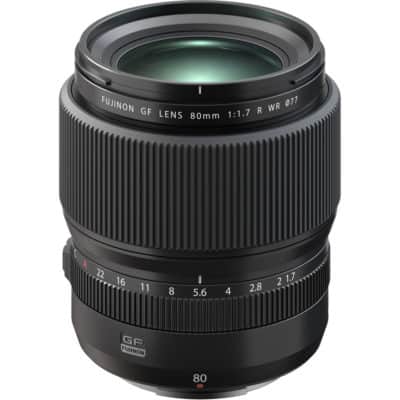
The GF 80mm f/1.7 is the fastest GF lens and one of the fastest medium format lenses ever made. With a focal length equivalent to 63mm (in 35mm terms) and an equivalent aperture of roughly f/1.3, this is a very fast semi-standard lens. I use the term semi-standard here because most people probably consider the GF 63mm lens standard, with its equivalent 50mm focal length. An equivalent 63mm focal length is somewhat unusual.
It’s neither a standard general-purpose 50mm or something in the more traditional-for-portraiture 70-85mm range. That said, with its wide aperture and the GFX system’s large sensor, you are still able to create incredible background blur with this lens, making it the go-to choice for GFX system portrait photography.
This lens has a relatively complex optical design for a short prime lens. The 12 lens elements include one aspherical element and two “Super ED” elements which combine to give a maximum magnification of 0.15x and a minimum focus distance of 70cm (27.6″). The lens is weather-resistant, and the front element is fluorine-coated to repel dust and moisture. One additional interesting design point is that the aperture ring is not mechanical.
Fujifilm GF 110mm f/2 R LM WR

Professional portrait photographers are going to have a tough choice to make. Do you opt for the excellent 80mm f/1.7 or this GF 110mm f/2? It will likely come down to your shooting style. With a 35-mm equivalent of 87mm, the GF 110mm lens is better suited to tighter headshots and head+shoulder portraits. The wider 80mm lens (63mm equivalent) is better suitable for environmental portraiture or 3/4 to full-body studio shots. Both lenses are comparably sharp and create a roughly similar bokeh when used wide open with the subject at the minimum focus distance.
Fujifilm GF 110mm f/5.6 T/S Macro
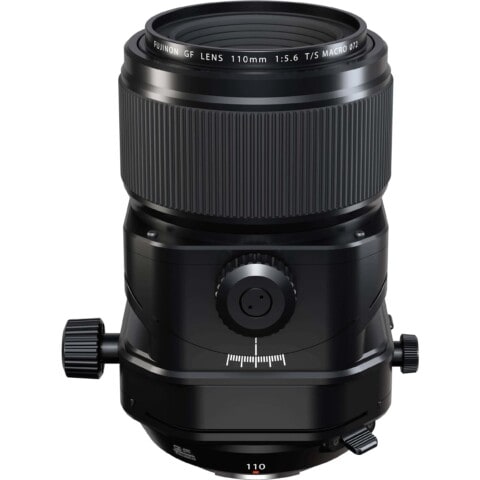
The GF 110mm f/5.6 T/S Macro is a tilt-shift lens for close-up product photography and specialized nature macro work. The lens features an impressive +/- 15mm of shift and +/-10° of tilt. In a first for tilt-shift lenses, this 110mm and the GF 30mm T/S feature a sensor that detects the range of shift and tilt movements and then records them into the image metadata. This allows photo editing software to apply lens corrections tailored to the tilt and shift amounts used for the shot.
While tilt-shift lenses are often used for architectural photography, it would be unusual to use this focal length. The need for a shift function to correct keystoning diminishes with increased focal length and distance from the subject. Thus, this lens is Fujifilm’s most specialized lens offering. Those that need to own such a lens will already know it. If you even have to ask yourself the question, this one probably isn’t for you.
Fujifilm GF 120mm f/4 R LM OIS WR Macro
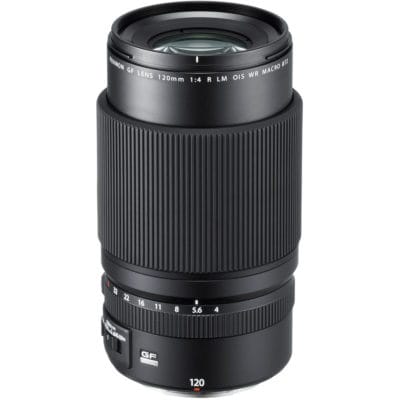
As the only macro lens in the GF lens range, this will be an easy choice if close-up images are something you plan to create with your GFX camera. Aside from nature photography, food photography is also a perfect subject for this lens. The minimum focus distance of the GF 120mm f/4 lens is 45cm, giving you a maximum magnification of 0.5x. Some will argue that a macro lens should have at least a magnification of 1:1, but I’ll leave that for you to decide. Whatever the case, this is by far the closest focusing GF lens you can get for the Fujifilm GFX system.
This lens also lands squarely in portrait photography territory with a 95mm focal length in 35mm terms. While the GF 110mm f/2 would be a better choice for someone concentrating on portraiture, due to the faster aperture and faster autofocus speed, the GF 120mm would be a fine choice for someone who shoots a variety of imagery and wants a tack sharp, dependable telephoto prime with image stabilization (OIS).
Fujifilm GF 250mm f/4 R LM OIS WR
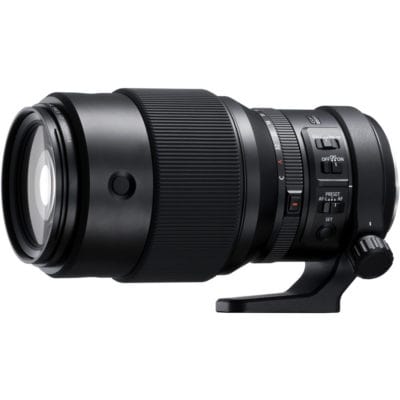
The GF 250mm f/4 is the second longest and second most expensive GF lens ($3299), overshadowed only by the newer GF 500mm f/5.6. Its field of view is equivalent to that of a 198mm lens in 35mm format, taking it well into the telephoto range. The GF 1.4x converter can further extend this to create a 350mm f/5.6 lens equivalent to a 277mm lens in 35mm terms.
If you’re coming from a 35mm full-frame system, this is a relatively uncommon focal length for a prime lens. In the full-frame world, such a focal length is usually covered by a 70-200mm zoom lens, making it a considerably more versatile option. The GF 250mm lens, then, is a specialized beast. Although it’s possible to use it for portraiture, the 80mm f/1.7 or the 110mm f/2 would be far better options. This is partly because the focal length is slightly less flattering, this is not easily hand-held for any significant period, and the bokeh quality is better on the two shorter lenses.
Fujifilm GFX cameras have never been built with sports and fast action in mind, so while the focal length might lend itself to these subjects, I doubt many people will be considering it for this purpose. Instead, this lens should primarily be considered by landscape and nature photographers who gravitate to compositions that include heavily compressed distant elements or heavily isolated subjects. Myself, I’m a real sucker for layered and compressed mountains in my landscape shots. If I were a full-time Fujifilm GFX shooter, this lens would be in my kit for that reason.
What about shooting wildlife with the GF 250mm? Adding the GF 1.4x teleconverter, the subsequent 350mm focal length gets you close to a 300mm focal length in full-frame terms. While this won’t be a long enough focal length for tight animal portraits, it is definitely enough to create beautiful images of large mammals within a landscape. For example, I’m thinking of elephants in Tanzania or a pride of lions on the Serengeti. When paired with one of the 100MP Fujifilm GFX cameras, this would also give you a significant ability to crop in on your subject.
If my aim were predominantly wildlife photography, I’d choose the GF 500mm f/5.6. But I’d consider taking the GF 250mm on a safari, paired with a 100MP GFX camera as a second body alongside a Sony camera with a more traditional 400mm or 600mm on it.
The lens barrel is constructed of magnesium alloy to keep it as light as possible. Of particular impressiveness on this lens is the beautifully dampened feel of the enormous focus ring. In front of this ring, you will find a focus preset switch. This allows the photographer to preselect a specific focal point or set of focus parameters and switch back to them quickly with a button press. Canon/Nikon/Sony super-telephoto lens users will be familiar with this feature. Although not pictured in the gallery, a lens hood is provided, as it is with all Fujifilm GFX lenses.
Fujifilm GF 500mm f/5.6 R LM OIS WR
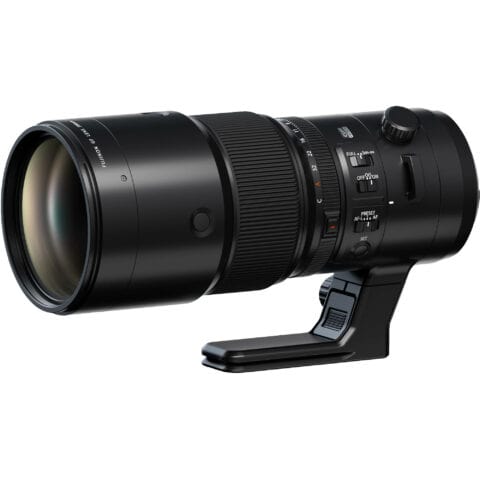
I haven’t had a chance to get my hands on this lens yet. When I do, I’ll update to add more detailed thoughts. For now, know that the GF 500mm f/5.6 lens will be the best lens for Fuji GFX photographers looking to add wildlife photos to their portfolio. 500mm in GF lens terms equals a field of view equivalent to a 396mm lens in 35mm terms. If you add the 1.4x extender to turn the 500mm into a 700mm f/8lens, you get a FOV equivalent to 553mm in 35mm terms.
From a focal length standpoint, 500mm or 700mm is enough for wildlife photos of large mammals and some larger birds. Still, let’s not kid ourselves. The GFX autofocus system is not on the same level as Canon, Nikon, or Sony full-frame cameras regarding wildlife and, more specifically, animal eye detection or subject tracking. This would be most suitable for slow-moving or static larger mammals.
Fujifilm GF 1.4X TC WR Teleconverter

The GF 1.4x teleconverter (sometimes called an extender) is compatible with the GF 100-200mm lens and the GF 250mm lens. Note that it was initially launched alongside the monster GF 250mm, and this means that many websites, including B&H Photo, mistakenly say that it is only compatible with that lens. This is not the case. The GF 100-200mm lens was launched after the GF 250mm, and it is just as compatible with the GF 1.4x teleconverter.
Using the teleconverter will, of course, multiply your focal length by 1.4. As with all 1.4x teleconverters from any brand, for any system, adding this extension will also lower your maximum aperture by one stop. That’s just math and physics. There is no way to escape it. This creates a 350mm f/5.6 lens from the GF 250mm, and a 140-280mm f/8 lens from the GF 100-200mm.
Extension Tubes for Fujifilm GF Lenses
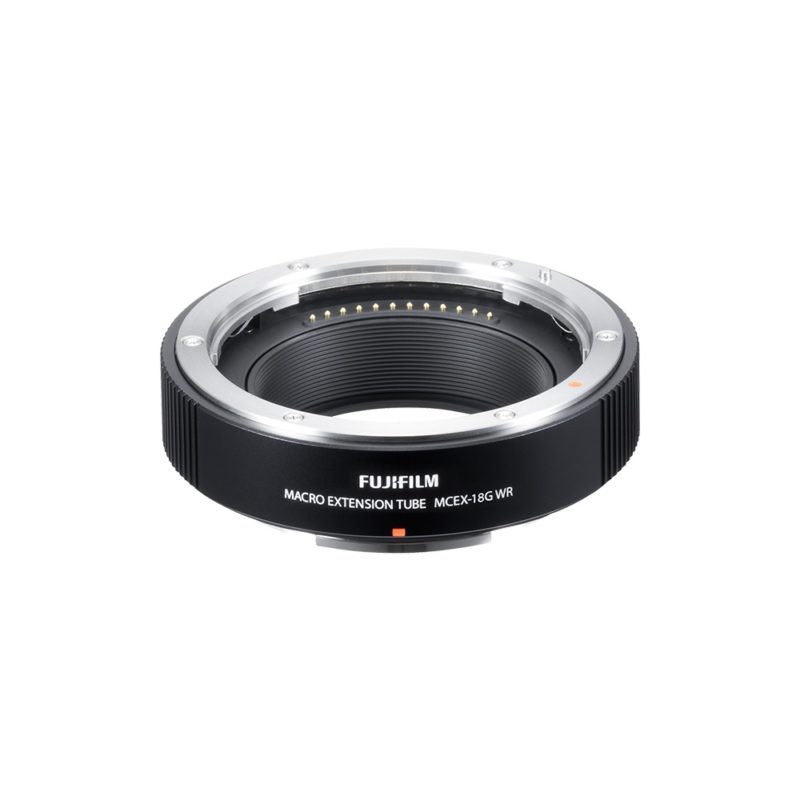

Extension tubes are spacers that sit between a lens and a camera body to shorten the minimum focus distance (MFD). In doing so, you lose the ability to focus to infinity but gain near-macro capabilities from nearly any lens. If you don’t want to spend money on a specific macro lens like the GF 120mm f/4 Macro, you can pair an extension tube with any other GF lenses to get a similar effect.
I have written a detailed guide to using extension tubes in the past. This article dives deep into the pros and cons of these accessories and details how to calculate what your new MFD would be for any particular lens, with any given extension tube.
Fujifilm makes two extension tubes for the GFX system: The MCEX-45G WR and the MCEX-18G WR. These are 45mm and 18mm extension tubes, respectively and are built to the same high standards as all the lenses in the GFX range. Uniquely as far as I’m aware, these extension tubes are also weather sealed. This just goes to show how much care Fujifilm has taken to create an accessory that matches the high standards of the lenses they will be attached to. They are not cheap by most extension tube standards, but they are a fraction of the price of buying a macro lens and well worth it for people who enjoy close-up photography of things like flowers or food.

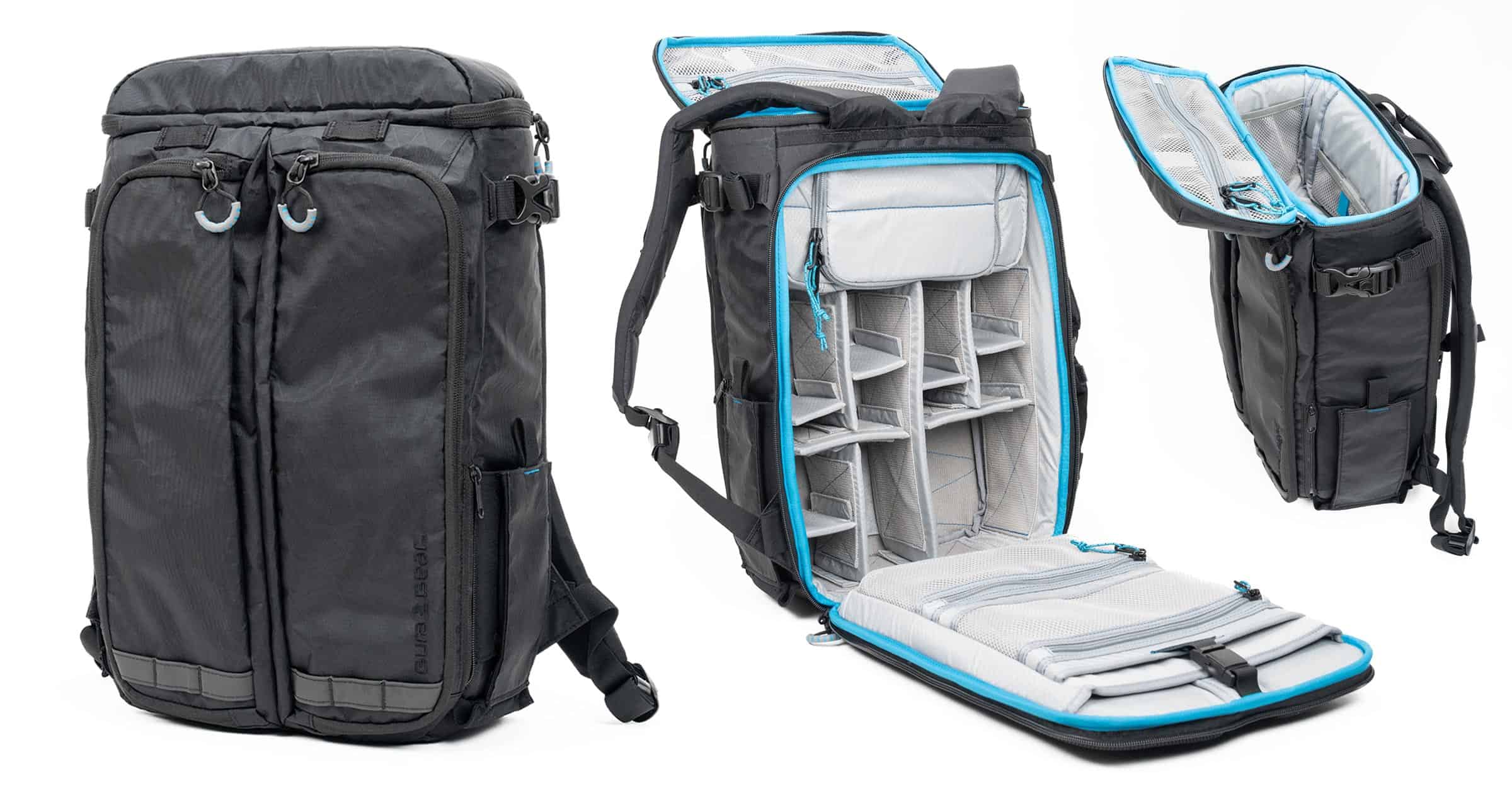
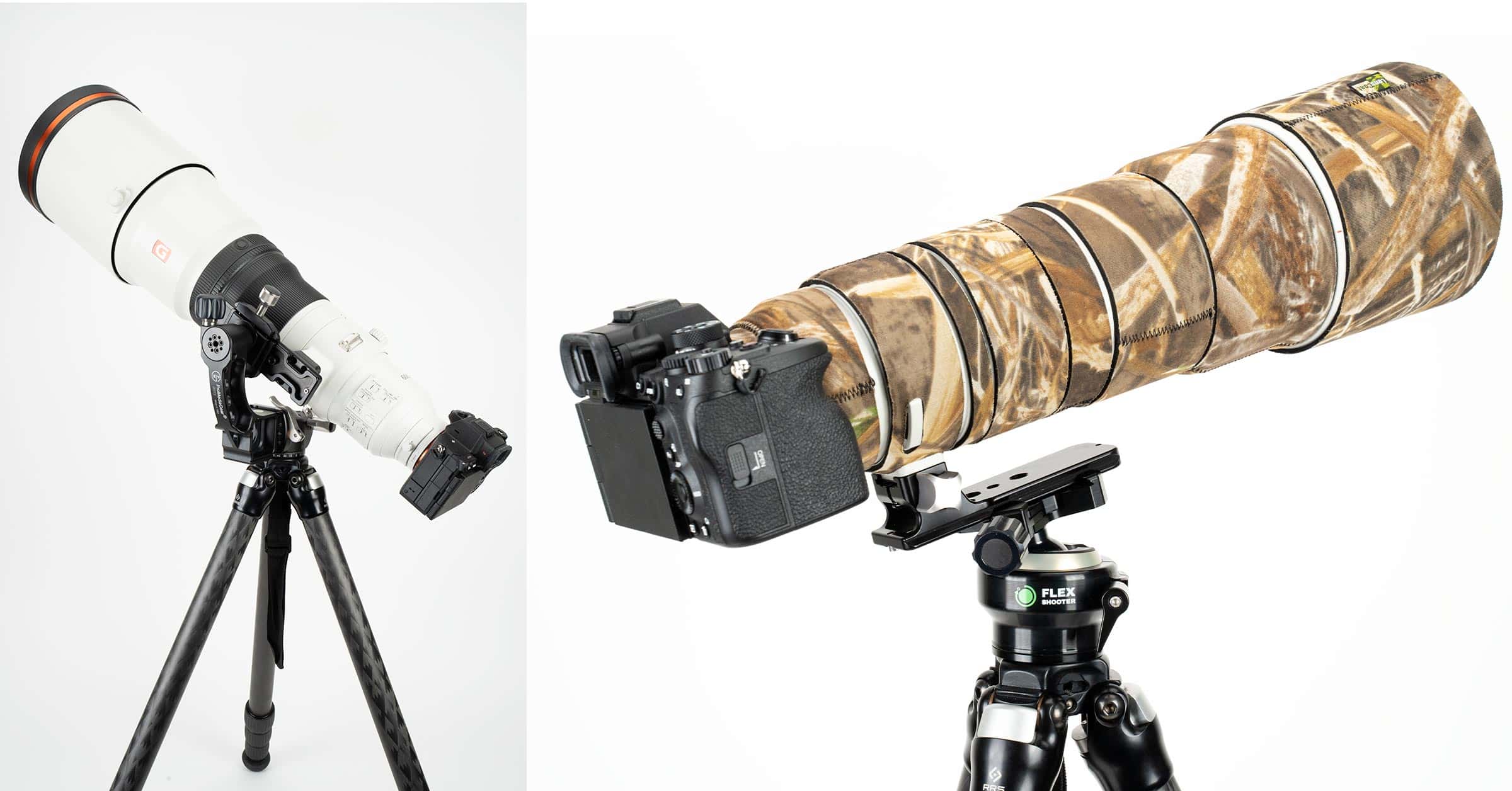

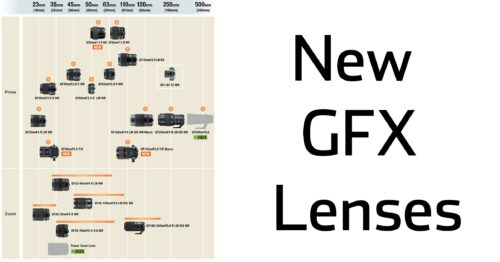
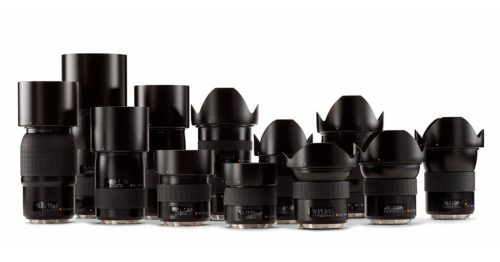
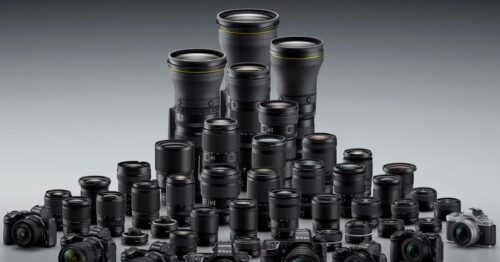
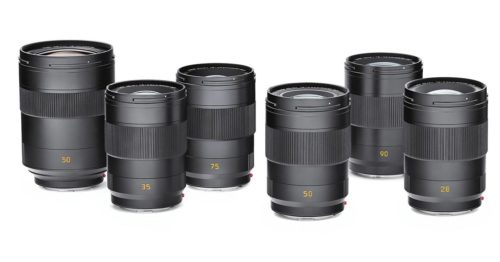
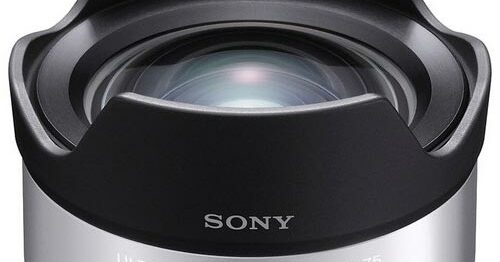
Deberiais hacer mucho mas aportes como esta. Gracias, Un saludo
Very good thanks
So informative for a newcomer to the GFX world, thank you very much!
I’m glad you found it helpful, Jess.
I think Fuji GFX would be a good fit for what I’m shooting now in the 35mm Nikon D850 world. The increase in sensor size is certainly a plus. What I don’t see is any feedback as to the clarity of the GFX 100s viewfinder vis-a vis manual focusing for image stacking. I sometimes suffer with the D850 and find myself shooting a few “runs” to cover a possible missed point of focus. Wondering if the electronic viewfinder on the 100s provides more clarity and (maybe I missed it) if the rear screen viewfinder provides colorized points of focus as the lens is racked. Also, and I’d rather not go there, the GFX 100 viewfinder’s resolution is likely better, but do I need to spend a chunk more change to get the focus result I require? Any input is welcome….
I notice that you are still describing the 80mm f1.7 (for instance as having an effective aperture of f1.3 based on the 0.79x crop factor no doubt. Really?! This sort of calculation is now widely regarded as spurious, a confusion of proper f-stop calculation and of sensor crop size – which is irrelevant to it. I’ve posted elsewhere on this site about you perpetuating this error but you really must get it edited out if you want to be taken seriously. Quickly.
As you say, we’ve had this conversation before. And as I explained last time, you misunderstand what effective aperture means. It’s not about how much light the lenses let it; it’s about depth of field equivalence. I’m not going to waste my time going through this again. “widely regarded as spurious” is simply not true. Widely misunderstood, is more likely the truth.